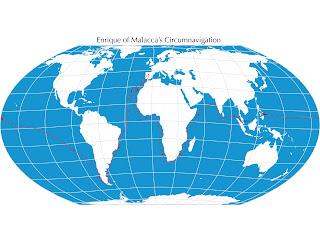Here's a paragraph and chapter that use rhythmic writing to illustrate the horrors of early modern warfare in Europe. The colorful wording borders on poetry while packing in the sights, sounds, and gore of the battlefield.
I came across this in university, in Robert Massie's book Peter the Great, where Massie adds a chapter on the place and purpose of war, a chapter titled "Let the Cannon Decide."
The chapter begins by explaining how monarchs of the era "submitted their differences to the decision of war. …"
War was the final arbiter between nations in the seventeenth and eighteen centuries as, indeed, it has been in the twentieth. … The axiom was succinctly put by one of Louis XIV's young officers: "There is no judge more equitable than cannon. They go directly to their goal and they are not corruptible."
The chapter goes on to explain the armies, weapons, and military tactics of the era, and ends with this expressive paragraph from Massie:
Seen from afar, a cavalry charge made war seem beautiful: colorful squadrons of horsemen riding across an open field, their swords and breastplates flashing in the sun, their flags and pennants whipping in the wind, moving bravely toward an enemy line. But for those on the battlefield, it was a place of carnage, a corner of hell: cannon roaring and flashing; infantrymen struggling to keep their rigid formations and follow the commands to load and fire, while around their knees writhed the shattered bodies of comrades; men on horseback riding full tilt into a line of men on the ground; the force of impact, shouts, screams and grunts; men stumbling and falling; horsemen leaning from their saddles, slashing frantically with razor-sharp blades at everyone in sight; the men on the ground thrusting upward toward the saddles with bayonets, catching riders in the chest, the legs, the back; on both sides, the instant of terrible pain, the last flash of surprise and recognition of what was happening, the overwhelming gush of bright-red blood; running men, riderless horses and, over it all, drifting clouds of thick, blinding, choking smoke. And when the firing had ceased and the smoke had lifted, a blood-soaked field carpeted with men still screaming or gasping, or lying quietly, gazing at heaven with unseeing eyes.
Thus did nations decide their differences.
Enrique of Malacca Completes First Circumnavigation—by Language
.


